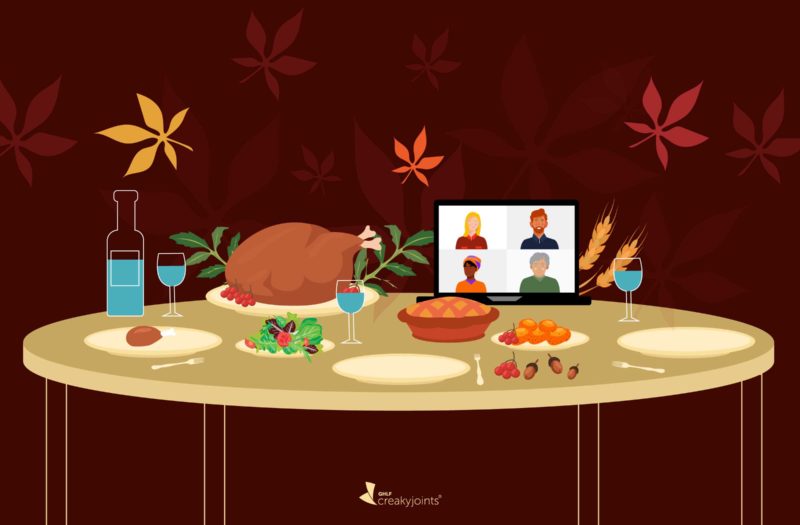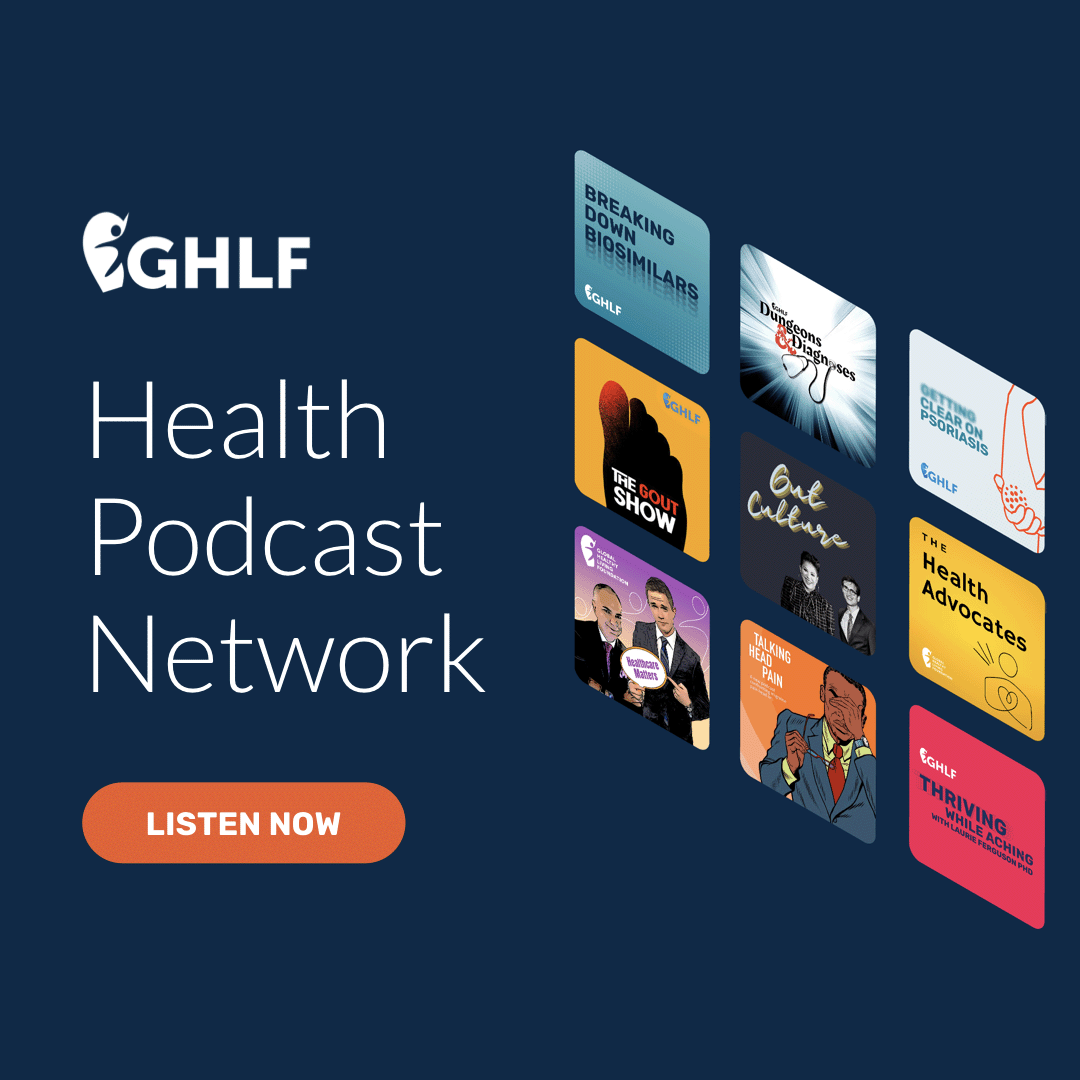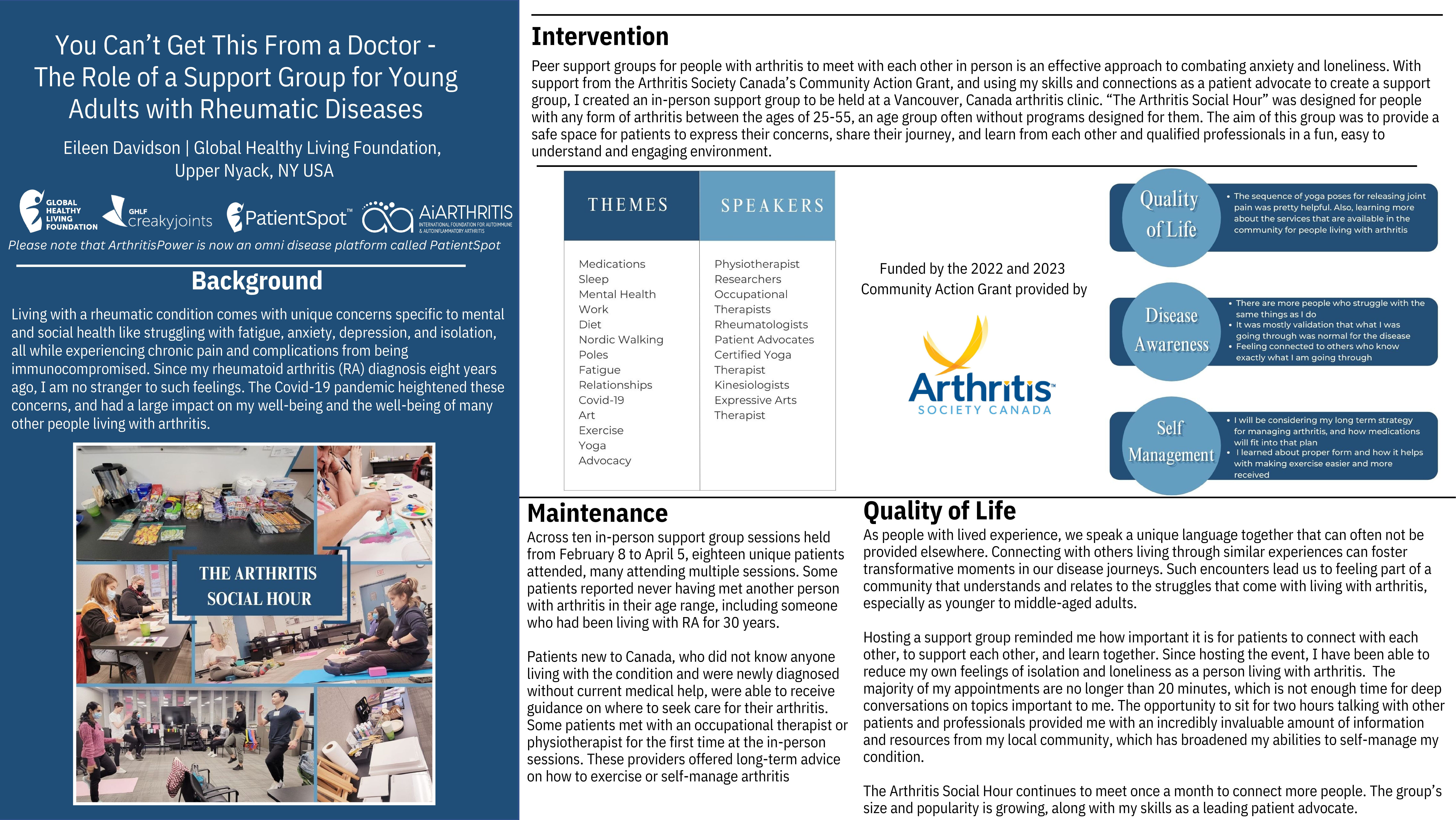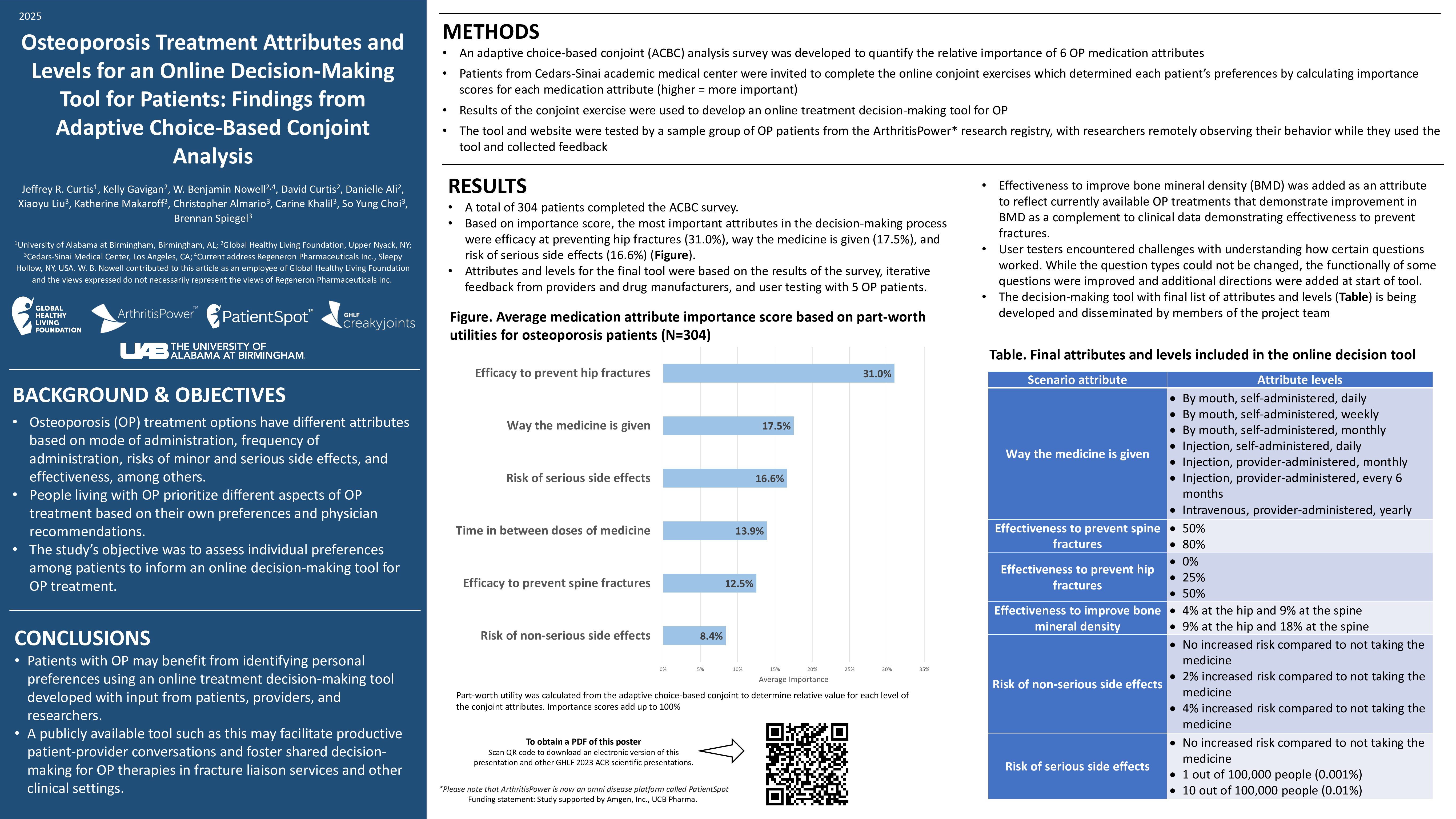Learn more about our FREE COVID-19 Patient Support Program for chronic illness patients and their loved ones.
Thanksgiving is a time for gratitude and for sharing — sharing food, sharing hugs, and sharing memories with family and friends.
This year, however, gathering to share each other’s company is a recipe for disastrous COVID-19 transmission that medical experts are extremely concerned about. This is especially true for individuals with underlying conditions who may be more prone to poor outcomes from COVID-19 infection.
“We are having very difficult conversations with patients about holidays like Thanksgiving,” says says Lynn Ludmer, MD, Medical Director of rheumatology at Mercy Medical Center in Baltimore.
The U.S. Centers for Disease Control and Prevention (CDC) makes their recommendation clear: The lowest risk way to celebrate Thanksgiving is to only do so with those who currently live in your household with you. That does not include college students coming home for the holidays, siblings or parents who don’t live with you, or anyone else.
While the CDC does not recommend a specific number of attendees for gatherings (the fewer, the better), it states that the size of a holiday gathering should be determined based on the ability for everyone from different households to actually stay six feet apart, wear masks, wash hands, and follow state or local health rules, laws, and regulations.
Infectious disease experts are also adamant that Thanksgiving needs to look different this year.
“People with chronic illness that may put them at risk for poorer outcomes due to COVID-19 should avoid seeing people outside their household this Thanksgiving,” says David Aronoff, MD, Director of the Division of Infectious Diseases at Vanderbilt University School of Medicine in Nashville, Tennessee. “We are really hopeful that we will have a vaccine and be out from under this pandemic by next Thanksgiving.”
In other words: The pandemic doesn’t mean the holiday is ruined forever. However, this year, sacrifices need to be made to ensure your health and your loved ones’ health.
“It’s very high-risk right now in the United States,” says MarkAlain Déry, DO, Medical Director of Infectious Diseases for Access Health Louisiana. “We have an unprecedented number of cases, and 47 states today have uncontrolled spread. I do not recommend folks have their family — including their children and grandchildren — coming to visit them.”
Keep in mind that home gatherings are considered a major source of COVID-19 transmission. In fact, contacts within households are believed to be responsible for about 70 percent of COVID-19 transmission when widespread community control measures are in place, per a July study in the International Journal of Infectious Diseases.
However, if you do decide to gather with a few people outside of your immediate household this Thanksgiving, here are a few ways you can make it safer.
1. Go virtual
This is the safest way to spend Thanksgiving with people outside of your household.
And if you love to decorate your home and create a Thanksgiving spread, you can still do so via a virtual gathering with family and friends.
“Up to a week before the holiday, decide where your table will be and set up your webcam so you can see what you will be sharing with your guests,” chef Jimmy MacMillan, pastry chef consultant at Pastry Virtuosity in Chicago, told Forbes.
Planning ahead can also give you the chance to plan fun food-based activities (like a “prettiest side dish” competition or recipe sharing) and decorations. You might even ship homemade items like cookie tins or ingredients for DIY drinks to your loved ones to send a personal touch their way.
“This can help everyone feel connected and like they’re really part of an experience you’re hosting, even when far apart,” Vivian Chaves, Eventbrite’s virtual experiences expert, told Forbes.
2. Eat outside
If you’re going to gather with a few people outside of your household, do it outside.
It doesn’t even need to be a traditional Thanksgiving dinner. You could celebrate the spirit of the holiday with socially distanced appetizers in the afternoon, for example.
Remember, indoor spaces are riskier than outdoor spaces because there is less ventilation indoors and because it may be harder to keep people apart, per the CDC.
“Poorly ventilated spaces with large groups of people speaking for long periods of time is the highest risk,” says Dr. Déry. “If you can have Thanksgiving dinner outdoors and stay social distanced, that’s great. Otherwise, I would be very concerned.”
If people need to come in your home (such as to use the bathroom) keep windows open to improve ventilation.
Better ventilation of spaces significantly reduces the airborne time of respiratory droplets that are produced during speaking or coughing. These respiratory droplets have been shown to contain viral particles that remain infectious in aerosols (tiny droplets suspended in the air) for three hours, according to a May 2020 study published in The Lancet Respiratory Medicine.
The more ventilation you have, the better. Although some ventilation systems in hospitals, planes, and new buildings may meet the World Health Organization’s recommendations for changing the total volume of air in a room at least six times per hour, that’s likely not the case for your home.
In fact, the air in a typical home only changes once about every one to two hours, Shelly Miller, professor of mechanical engineering and a ventilation expert at the University of Colorado, Boulder, told The New York Times.
“I’ve been concerned that people are not completely understanding how ventilation in the home is different than ventilation in commercial spaces or schools or hospitals,” Miller said. “I want people to understand that their homes are generally not ventilated. If you have friends over for dinner and someone is infectious, aerosols can build up.”
Opening the windows (widely and in every room, if possible) can increase your home’s air exchange rate to as much as three times per hour.
If it’s cold outside, turn up the heat inside or use space heaters. Exhaust fans may also help lower the risk of transmission when coupled with open windows, said Miller.
“Exhaust fans were put in homes specifically to take out contaminants that are a problem,” Dr. Miller told the Times. “You are creating a negative pressure inside the space, sucking air out at a higher rate.”
That said, don’t use a regular fan, because it simply moves air around the room and can heighten the risk of infection to a group if one person nearby is infected.
3. Slash your guest list
This is not the year to host your full 30-person extended family on the patio.
If you are going to be gathering with those outside of your household, try to only meet with those from one other household. That may, unfortunately, mean spending the holidays away from your parents or adult children.
According to infectious disease expert Anthony Fauci, MD, Director of the National Institute of Allergy and Infectious Diseases, most people incorrectly assume they are safe from contracting COVID-19 if they only invite family or trusted friends over. But even his three adult daughters (who all live in different parts of the country) are skipping the family Thanksgiving this year to avoid putting him and his wife at risk.
“Most people feel when they’re in the house with friends, they almost subconsciously let their guard down,” Dr. Fauci told The New York Times. “They don’t realize they’ve come in from multiple cities, spent time in airports. They come to a house where Grandma and Grandpa are, or someone with an underlying condition, and they innocently and inadvertently bring infection into a home. It’s dangerous. You’ve got to be careful.”
Keep your holiday celebration as short as possible to limit your risk of contracting the virus from an infected person. It may feel more lonely this year to only have one or two others over for a short period of time, but it will help keep you safer.
“At the end of the day, as difficult as loneliness may be, it’s a lot safer of a place to be than potentially sick with COVID-19 or in the hospital,” says Dr. Déry.
4. Wear masks when not eating
It may feel odd to wear a mask around family or close friends, but it’s a necessary precaution, even when you’re outdoors.
Masks reduce the emission of respiratory droplets carrying the virus, which is particularly relevant for infected wearers who are asymptomatic or presymptomatic and may be unaware of their infectiousness to others, per a scientific bulletin from the U.S. Centers for Disease Control & Prevention (CDC). These individuals are believed to account for more than 50 percent of COVID-19 transmissions.
Plus, wearing a mask can protect the wearer. In a September 2020 study published in the journal Emerging Infectious Diseases, individuals in Thailand who reported always having worn a mask during high-risk exposures were more than 70 percent less likely to get infected than those not wearing masks under the same circumstances. Among the more than 1,000 persons interviewed as part of contract-tracing, those who always wore masks were also more likely to practice social distancing.
The CDC notes that alcohol may alter guests’ judgment and make it more difficult to practice COVID-19 safety measures like wearing masks, so it may be a good idea to limit the amount you serve at your gathering.
Make sure everyone is on the same page with rules and expectation ahead of time.
Also, consider the daily habits of potential guests before your gathering. Individuals who do not consistently adhere to guidelines like mask wearing, social distancing, handwashing, and other preventive measures pose a greater risk than those who do.
“People who are staying healthy need to separate themselves from the people who are not following guidelines,” says Dr. Ludmer. “But it’s not like we have ankle bracelets on people to know what they’re doing and where they’re going, and that becomes an issue. Every person for themselves needs to say, ‘how can I modify what I’m doing this year so we can be as safe as possible?’”
Dr. Ludmer says she is recommending her patients wear their mask whenever they’re not eating.
Be sure to also keep any background music on low volume, so people don’t need to lean in toward each other or speak loudly, which can increase the chances of transmission.
“Every route of viral transmission would go down if we talked less, or talked less loudly, in public spaces,” Jose-Luis Jimenez, a professor of chemistry at the University of Colorado at Boulder who studies disease transmission, told The Atlantic. “People need to understand that this virus is in the air, and that they breathe out 10 times more virus when they are shouting or speaking loudly.”
In fact, one study published in the Proceedings of the National Academy of Sciences found that the size and quantity of potentially infectious respiratory droplets increase with loudness of speaking. The droplets can float in the air for eight to 14 minutes, and could therefore be inhaled by others and trigger new COVID-19 cases, note the researchers.
5. Avoid sharing
Although it’s believed that contracting COVID-19 through touching surfaces is a less common route of transmission, it’s still a good idea to avoid sharing items and food.
“I’m telling patients to use their own utensils and plates and avoid having a buffet where everyone is breathing on the food,” says Dr. Ludmer.
You may find it useful to pre-allocate single servings of food rather than have guests scoop up their meal from shared plates, or ask guests to bring their own food and beverages.
Alternatively, consider having only one person serve all the food so multiple people aren’t handling serving utensils, recommends the Commonwealth of Massachusetts Department of Public Health. Also avoid shaking hands, hugging, singing, dancing, and shouting.
Get Free Coronavirus Support for Chronic Illness Patients
Join the Global Healthy Living Foundation’s free COVID-19 Support Program for chronic illness patients and their families. We will be providing updated information, community support, and other resources tailored specifically to your health and safety. Join now.
Deciding to Go Out. Coronavirus Disease 2019 (COVID-19). Centers for Disease Control and Prevention. October 28, 2020. https://www.cdc.gov/coronavirus/2019-ncov/daily-life-coping/deciding-to-go-out.html.
Doung-ngern P, et al. Case-Control Study of Use of Personal Protective Measures and Risk for SARS-CoV 2 Infection, Thailand. Emerging Infectious Diseases. September 14, 2020. doi: https://dx.doi.org/10.3201/eid2611.203003.
Holiday Celebrations and Small Gatherings. Coronavirus Disease 2019 (COVID-19). Centers for Disease Control and Prevention. November 11, 2020. https://www.cdc.gov/coronavirus/2019-ncov/daily-life-coping/holidays.html.
Interview with David Aronoff, MD, Director of the Division of Infectious Diseases at Vanderbilt University School of Medicine in Nashville, Tennessee
Interview with Lynn Ludmer, MD, Medical Director of rheumatology at Mercy Medical Center in Baltimore
Interview with MarkAlain Déry, DO, Medical Director of Infectious Diseases for Access Health Louisiana
Parker-Pope T. Serve Up Some Extra Precautions at Your Thanksgiving Table This Year. The New York Times. November 6, 2020. https://www.nytimes.com/2020/11/06/well/covid-thanksgiving-safety-tips.html.
Scientific Brief: Community Use of Cloth Masks to Control the Spread of SARS-CoV-2. Coronavirus Disease 2019 (COVID-19). U.S. Centers for Disease Control and Prevention. November 10, 2020. https://www.cdc.gov/coronavirus/2019-ncov/more/masking-science-sars-cov2.html.
Shen M, et al. Assessing the effects of metropolitan-wide quarantine on the spread of COVID-19 in public space and households. International Journal of Infectious Diseases. July 2020. doi: https://doi.org/10.1016/j.ijid.2020.05.019.
Somsen GA, et al. Small droplet aerosols in poorly ventilated spaces and SARS-CoV-2 transmission. The Lancet Respiratory Medicine. May 27, 2020. https://dx.doi.org/10.1016/S2213-2600(20)30245-9.
Stadnytskyi V, et al. The airborne lifetime of small speech droplets and their potential importance in SARS-CoV-2 transmission. Proceedings of the National Academy of Sciences of the United States of America. June 2, 2020. https://dx.doi.org/10.1073/pnas.2006874117.
Thanksgiving During COVID-19. Commonwealth of Massachusetts Department of Public Health. October 27, 2020. https://www.mass.gov/news/thanksgiving-during-covid-19.
Thompson D. Mask Up and Shut Up. The Atlantic. August 31, 2020. https://www.theatlantic.com/ideas/archive/2020/08/wear-your-mask-and-stop-talking/615796.
Walansky A. A Virtual Thanksgiving Dinner Is The Best Way To Celebrate Family And Show Gratitude This Year. Forbes. October 17, 2020. https://www.forbes.com/sites/alywalansky/2020/10/17/a-virtual-thanksgiving-dinner-is-the-best-way-to-celebrate-family-and-show-gratitude-this-year.
WHO’s Science in 5 on COVID-19 – Ventilation. YouTube. October 29, 2020. https://www.youtube.com/watch?v=XJC1f7F4qtc&feature=youtu.be.












